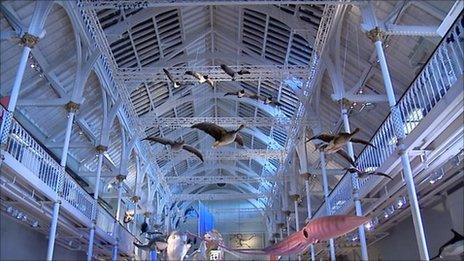In pictures: National Museum's £1.3m science galleries
- Published
The Wellcome Trust has announced funding of £1.3m to create six new galleries dedicated to science and technology at the National Museum of Scotland in Edinburgh.
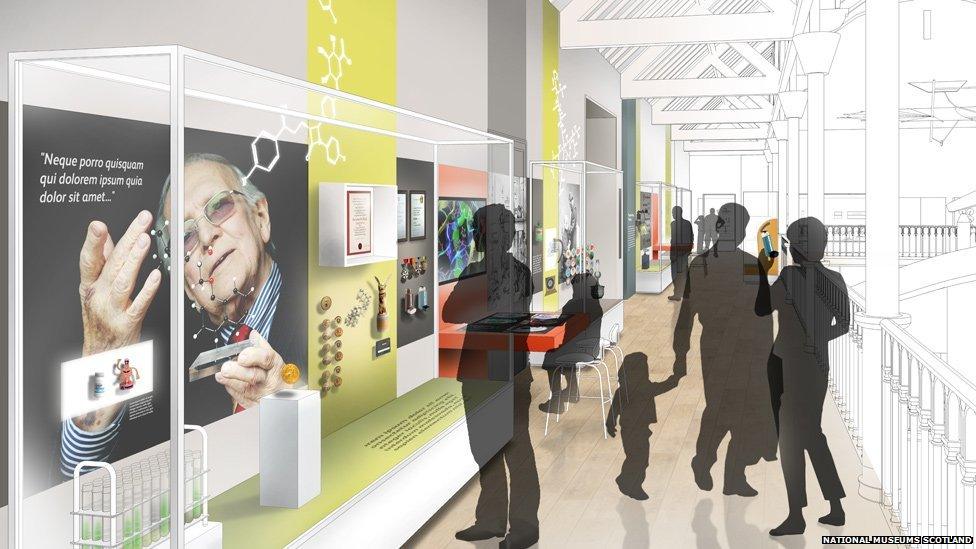
The Wellcome Trust has awarded £1.3m funding to establish six new galleries dedicated to science and technology at the National Museum of Scotland in Edinburgh.
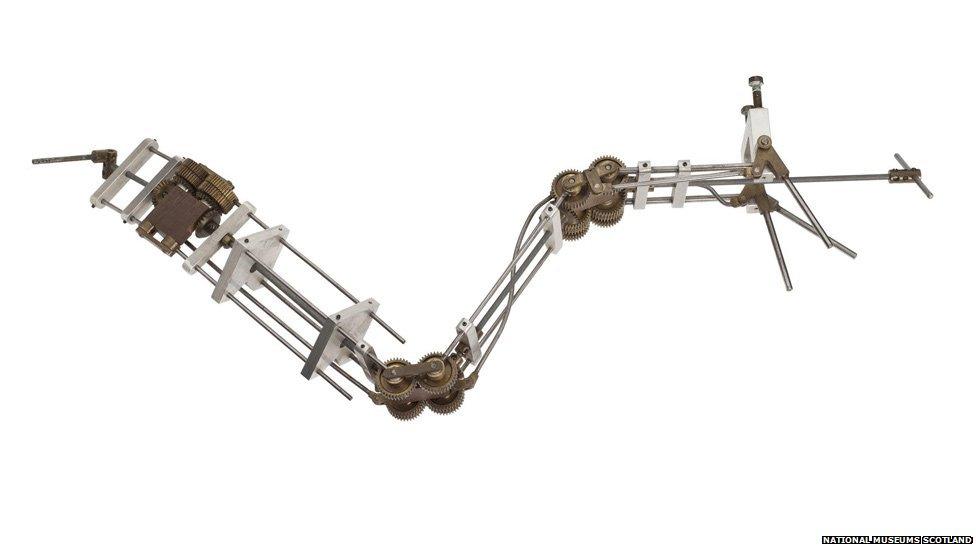
A prototype prosthetic arm developed in the 1960s for children affected by Thalidomide. The galleries are due to open in 2016 and aim to inspire engagement with science and promote the museum's place as a centre for science communication.
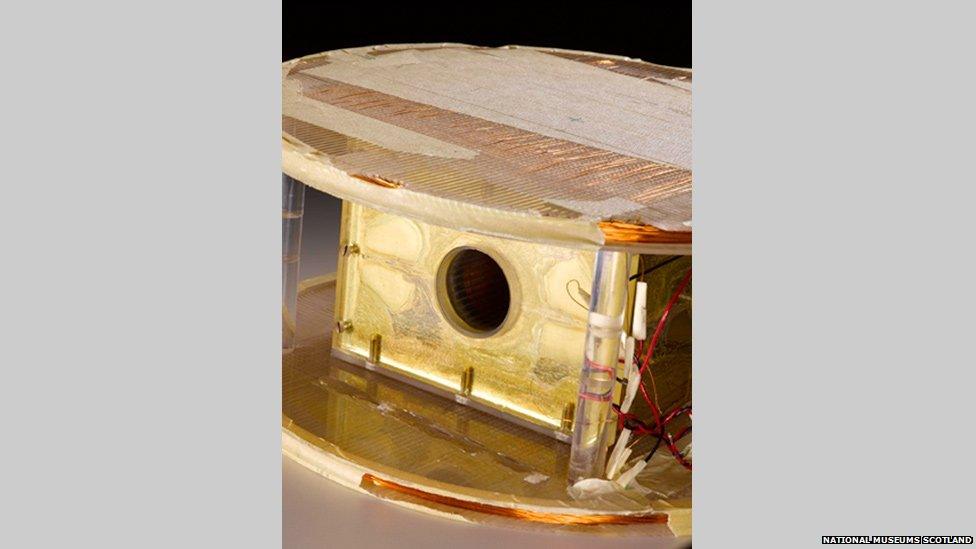
A prototype mouse box, the technology used in the first MRI image, was developed by Aberdeen University's Prof John Mallard in 1974. The six new galleries are part of a £14.1m project to create 10 new galleries in the museum. Phase two featured 16 galleries dedicated to the natural world and world cultures, and opened to the public in 2011.

Exhibits from the museum's collection include 11th century scientific instruments through to 21st century technology. This glass inhaler dates from 1847, the year that James Simpson discovered the anaesthetic properties of chloroform.
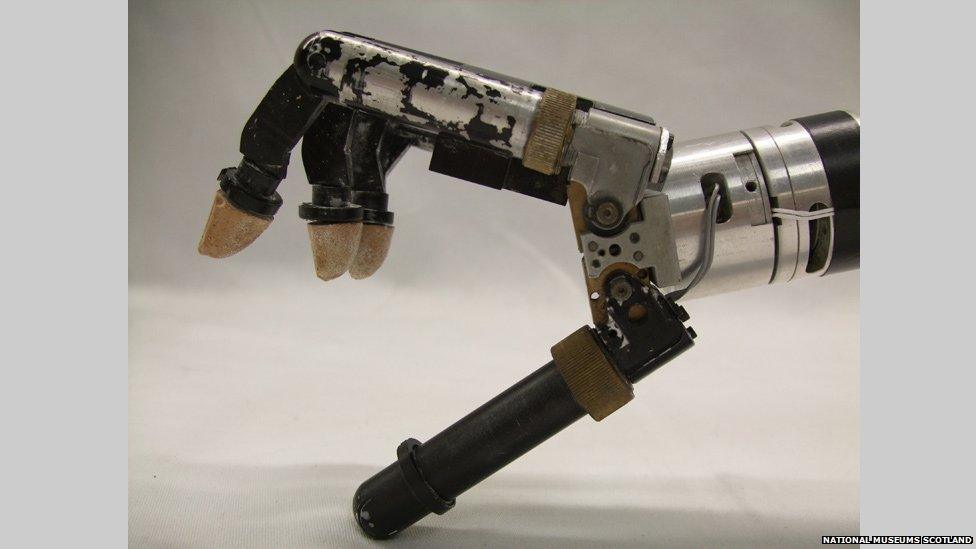
The world's first bionic arm, the Edinburgh Modular Arm System, was created in 1998. The Wellcome Trust is a charitable foundation interested in advancing human and animal health through biomedical science.
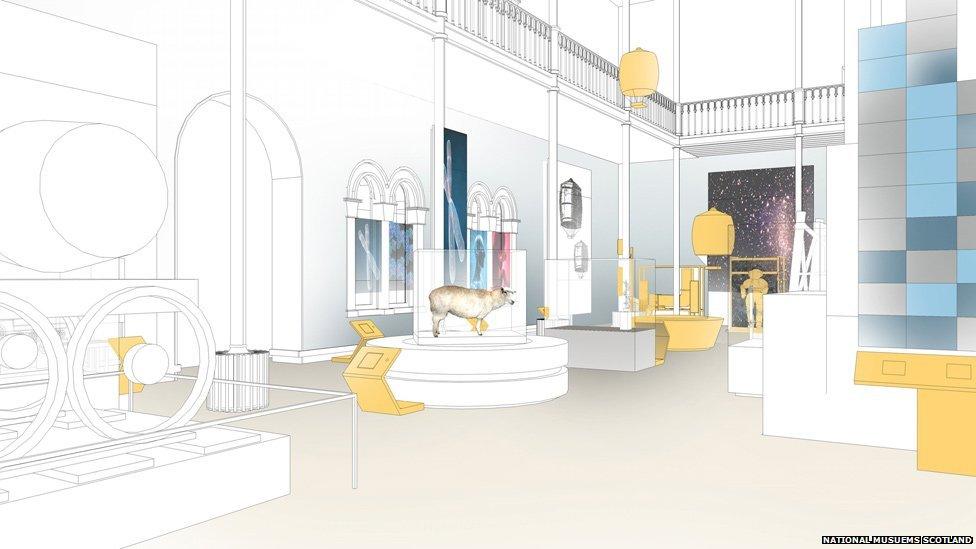
Scotland's role in modern medicine will be promoted including the story of Dolly the sheep's genetics, developments in artificial limbs and advances in new pharmaceuticals.
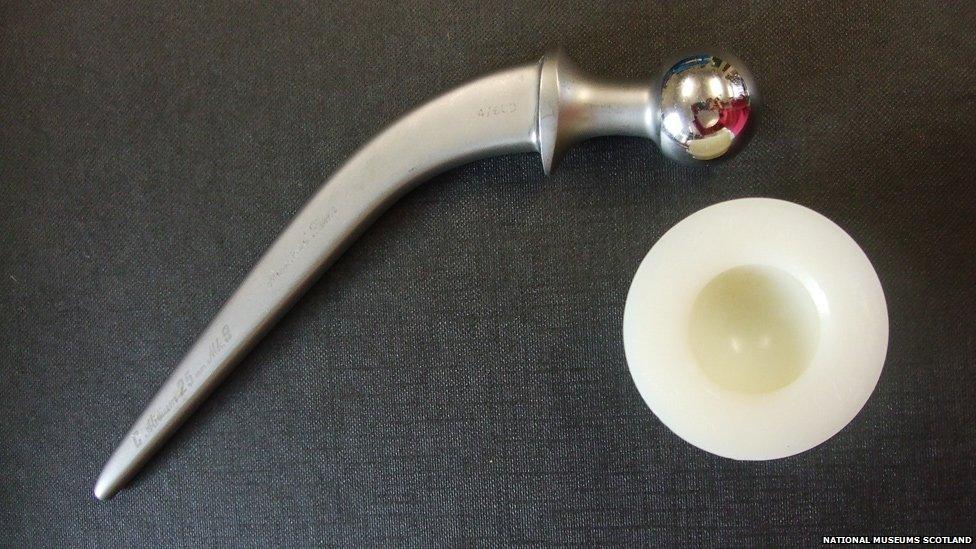
The museum says that of the 3,500 objects to go on display, about 75% have not been seen by the public for generations. A Charnley hip replacement is likely to last longer and cause less friction than earlier models.
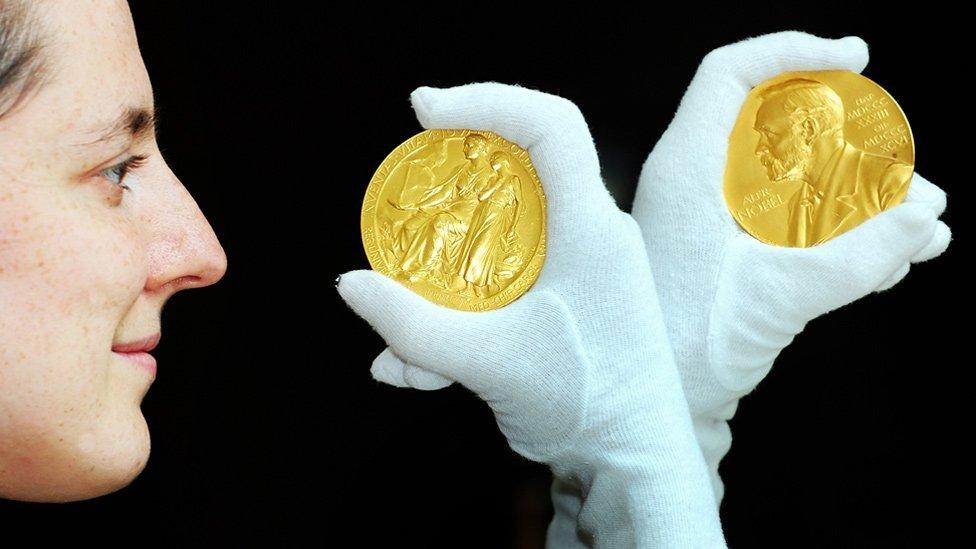
Scottish scientists will be celebrated, including Sir James Black who won the Nobel prize for medicine in 1988 for his work in developing beta blockers. The new galleries are due to open in 2016.
- Published29 October 2014
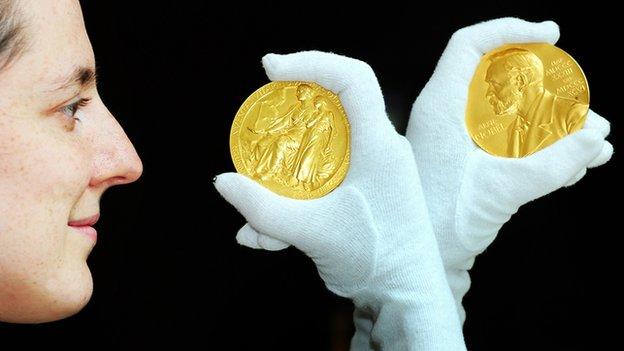
- Published28 July 2011
